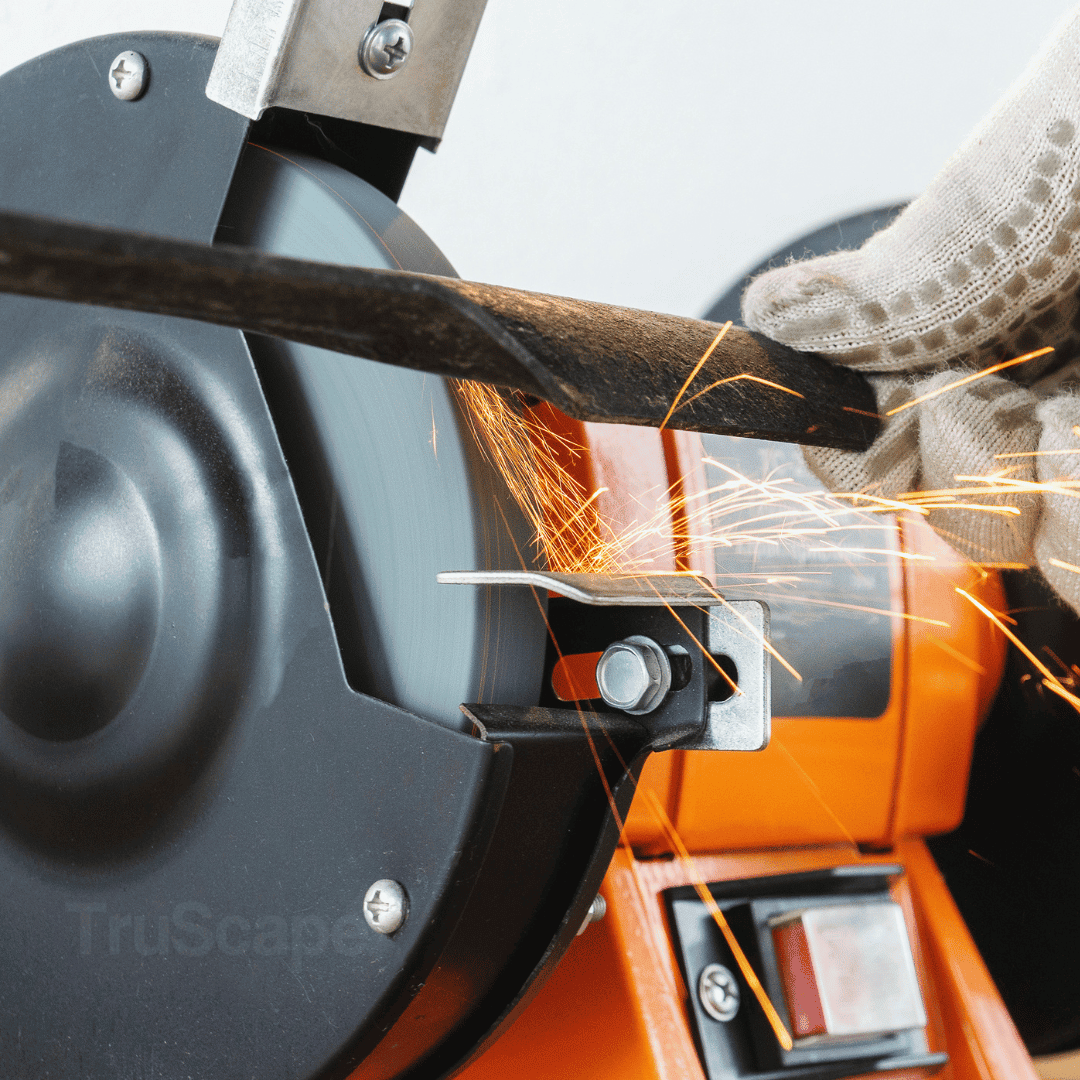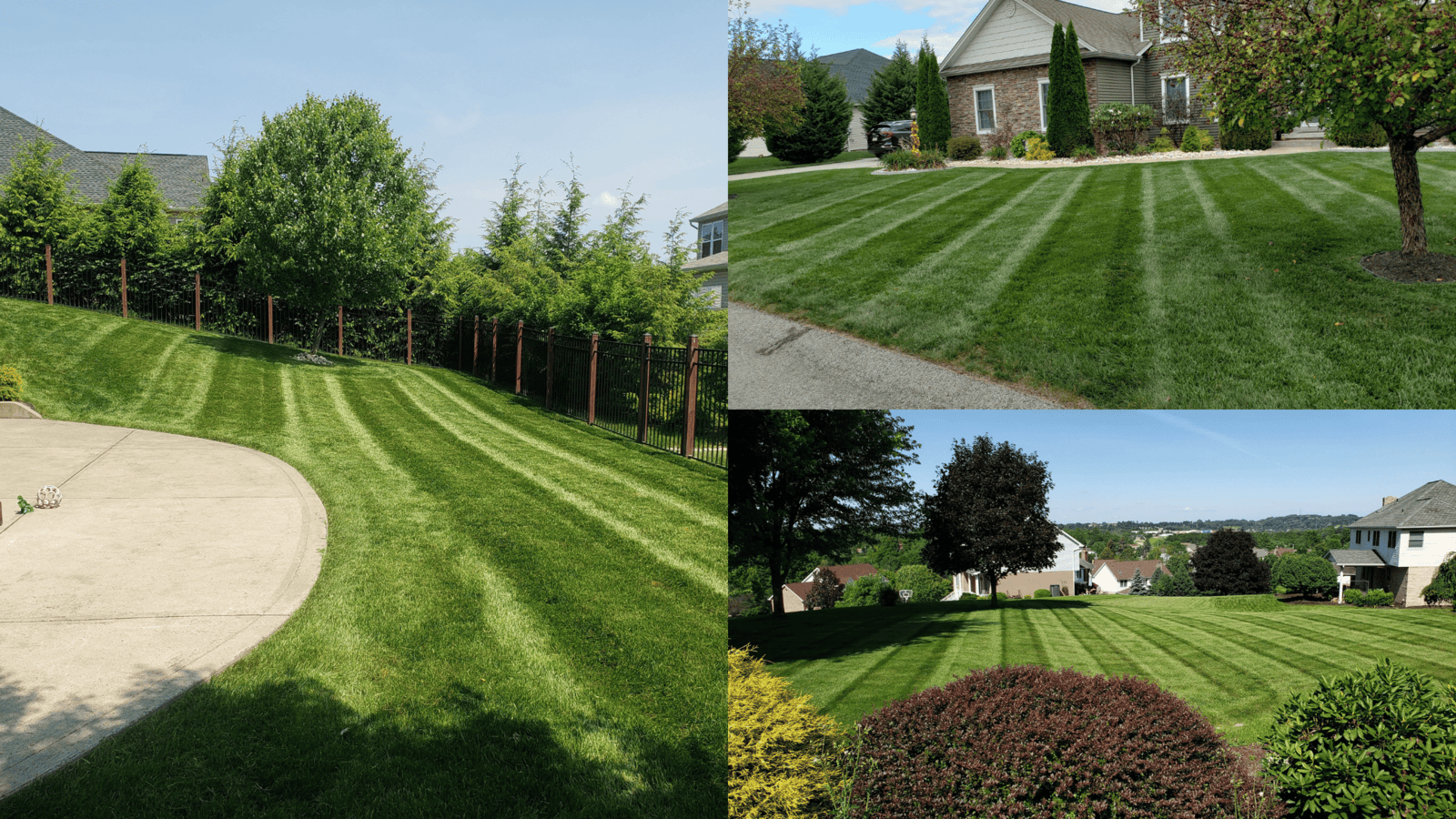Maintaining a healthy, vibrant lawn goes beyond just regular watering and fertilizing. One of the most crucial aspects of lawn care is proper mowing. Good cultural mowing practices can significantly impact the health and appearance of your lawn. Here, we'll explore some key elements of effective mowing, including mowing height, frequency, blade sharpness, and changing mowing patterns.
Mowing Height
Mowing Height
Setting the right mowing height is critical for promoting a healthy lawn. Each grass type has an optimal mowing height that encourages strong root development and resilience against weeds and diseases. For cool-season grasses like Kentucky bluegrass and fescue, the ideal mowing height is between 3 and 4.5 inches. Warm-season grasses like Bermuda and Zoysia, however, prefer heights of 1 to 2 inches. Keeping the grass at the recommended height allows for better photosynthesis and helps shade the soil, reducing water evaporation and weed growth.
Mowing Frequency
Mowing Frequency
Regular mowing is essential to maintain the ideal grass height. The frequency of mowing will depend on the growth rate of your grass, which can be influenced by factors such as season, weather conditions, and fertilization. A good rule of thumb is to never remove more than one-third of the grass blade length at a time. Cutting too much at once can stress the grass, making it more susceptible to diseases and pests. During peak growing seasons, you may need to mow every 5 to 7 days, while in slower growth periods, mowing every 10 to 14 days may suffice.

Sharp Blades
Using sharp mower blades is crucial for a clean cut. Dull blades can tear and bruise the grass, leaving ragged edges that turn brown and increase vulnerability to diseases. Regularly sharpening your mower blades ensures a precise cut, promotes healthier grass, and can even make mowing more efficient. Aim to sharpen your blades after every 20 to 25 hours of use, or at least once a mowing season.
Changing Mowing Patterns
Changing Mowing Patterns
Varying your mowing pattern can also contribute to a healthier lawn. Mowing in the same direction every time can cause soil compaction and create ruts, which can hinder grass growth. Changing your mowing direction helps to prevent soil compaction, encourages upright growth, and gives your lawn a more uniform appearance. Try alternating between horizontal, vertical, and diagonal patterns with each mowing session.

Additional Tips:
- Grass Clippings: Leave the grass clippings on the lawn after mowing. These clippings decompose quickly and return valuable nutrients to the soil, reducing the need for additional fertilization.
- Timing: Avoid mowing when the grass is wet, as it can lead to uneven cuts, clumping, and potential disease spread. Early evening is often the best time to mow, as it allows the grass to recover overnight.
- Mower Maintenance: Regularly clean and maintain your mower to ensure it operates efficiently. Check for any buildup of grass under the deck, change the oil, and replace the air filter as needed.


